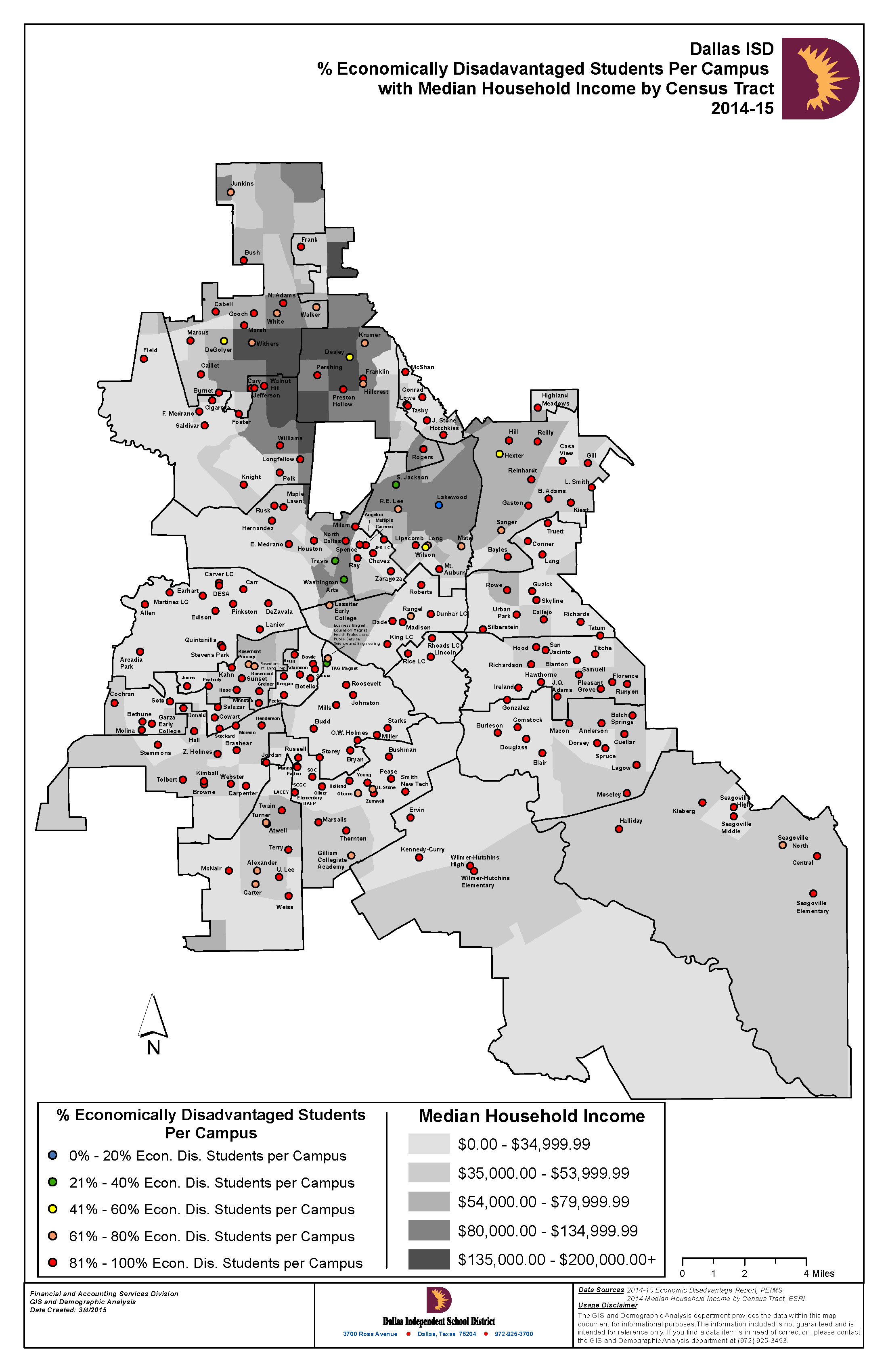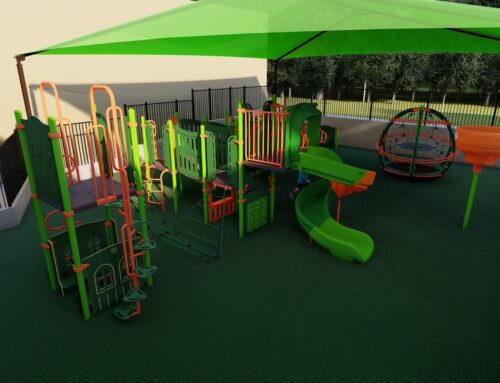Next fall DISD’s Solar Prep, a girls-only science and technology school for kindergarteners through eighth-graders, welcomes its inaugural classes to the former Bonham Elementary campus on Henderson Avenue. It’s a unique curriculum approach, but Solar will be unique in another way — it will be the first Dallas ISD campus to use socioeconomic status in its admission process.
The district’s ideal is 50/50 — half of students from affluent families and half from disadvantaged families. An “affluent” family in the state of Texas is, for example, a family of four with an income of at least $44,123. And Mike Koprowski and his team in the district’s office of transformation and innovation will go one step further: Their hope is to ensure that at least a quarter of Solar’s students are among the most disadvantaged.
What they’ve done is analyze census data, block by block, to look at more than simply the dividing line of income. They’re also considering homeownership, single-parent households and adults’ education levels — three other data points that have strong indications as to how students will fare in school.
“Income matters, but it’s also your neighborhood that matters,” Koprowski says, noting the vast difference between a family just under the poverty line and a family living on welfare.
Their analysis results in four groups of students, not just two. And their goal for Solar, and all of the district’s lottery-based choice schools, is to help ensure 25 percent of students are in the bottom two tiers — those most at risk who are facing the biggest challenges.
So is it working? “There’s no ‘there’ yet,” Koprowski says, but he’s encouraged by the current make-up of IDEA High School, which launched last fall in the former Fannin Elementary campus on Ross Avenue. It has proportionally more affluent students than nearby high schools Lincoln, Madison and North Dallas, and also draws in more at risk students than Woodrow Wilson High School. Mata Montessori, in East Dallas, is another integration success story, attracting substantially more affluent families than nearby Mount Auburn Elementary and also substantially more low-income families than Lakewood and Stonewall Jackson Elementaries.
“You’ve still got to have quality instruction. It’s not like magic,” Koprowski says. But he’s hoping to see better results at Dallas schools with “a strong core of middle-class kids and a strong core of low-income kids.”
“There are mountains of national research that shows why this matters, but there’s nothing like having a local proof point,” he says.
Related Advocate stories:
“The case for integration: Why rich kids should go to school with poor kids”
“Worship: Blending schools, building community”
“Integration: Everybody’s doing it — but will it work in Dallas?”






